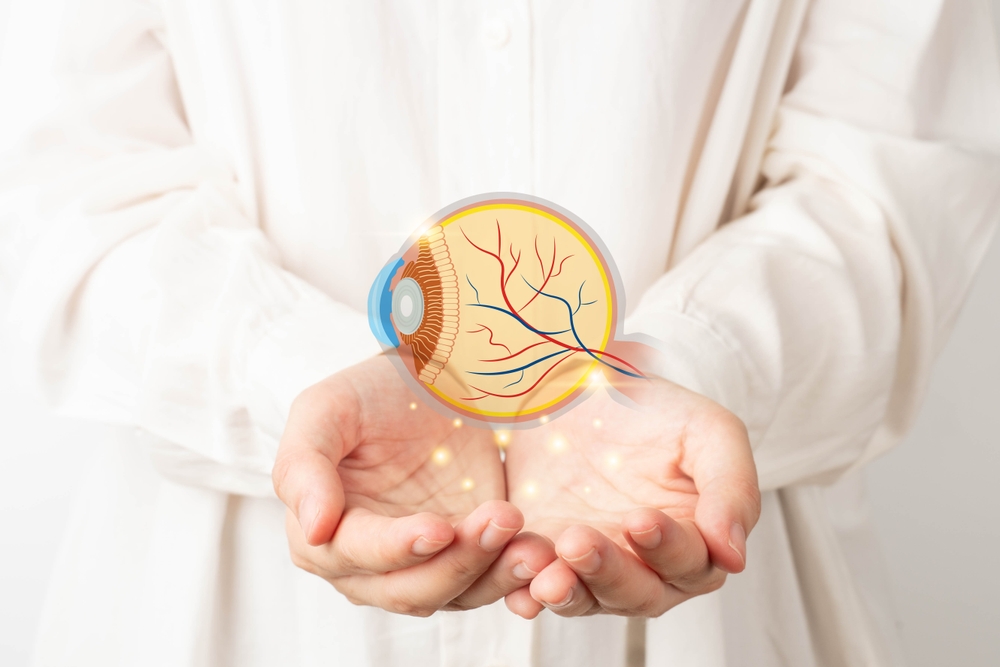
Vision is more than just seeing clearly—it involves the brain and eyes working together to process and interpret visual information. For some individuals, issues like eye strain, double vision, difficulty focusing, and poor depth perception stem from visual processing disorders rather than simple refractive errors like nearsightedness or farsightedness. At Lone Star Vision, we offer customized vision therapy programs designed to improve the efficiency of the visual system.
What Is Vision Therapy?
Vision therapy is a structured, personalized program that enhances visual skills by training the eyes and brain to work more effectively. Unlike glasses or contact lenses, which correct refractive errors, vision therapy improves how the eyes function together and helps with issues such as eye tracking, focusing, and visual processing.
Vision therapy is commonly used to treat:
• Amblyopia (lazy eye) – Strengthening the weaker eye to improve visual function
• Strabismus (crossed or misaligned eyes) – Training the eyes to work together
• Convergence Insufficiency (CI) – Improving near focus and reducing eye strain
• Visual Processing Disorders – Helping with reading, writing, and spatial awareness
• Sports Vision Enhancement – Improving hand-eye coordination and reaction time
Key Techniques and Tools in Vision Therapy
Vision therapy sessions include a series of exercises designed to retrain the eyes and brain, improving visual function and coordination. Eye tracking exercises help individuals smoothly follow a moving object, which is essential for reading and hand-eye coordination. Common tools used for eye tracking exercises include the Marsden Ball and computerized eye-tracking programs.
Vergence and binocular vision training focuses on improving how both eyes work together to align and maintain focus. This type of training is especially useful for individuals with convergence insufficiency or misaligned eyes, which can cause double vision or difficulty with depth perception. Some of the most effective tools for this training include the Brock String, Prism Lenses, and Aperture Rule Trainer.
Saccadic training (Quick Eye Movements) enhances the ability to make rapid, accurate eye movements, which is crucial for reading and sports performance. Individuals who skip words while reading or frequently lose their place on a page may benefit from saccadic training. The Hart Chart and Wayne Saccadic Fixator are effective tools for developing these rapid eye movements.
Each of these vision therapy techniques plays a crucial role in strengthening the connection between the eyes and brain, ultimately enhancing everyday visual tasks and overall quality of life.
Is Vision Therapy Right for You?
If you or your child experience:
• Difficulty reading or tracking words on a page
• Frequent headaches or eye strain
• Poor depth perception or coordination
• Double vision or eye fatigue with near work
Our specialists create customized vision therapy programs tailored to each patient’s needs. Using cutting-edge tools and science-backed techniques, we help patients improve their visual efficiency, reading performance, and overall quality of life.
Schedule a Consultation with Lone Star Vision Today
Vision therapy is a powerful, science-backed approach to improving the way the eyes and brain work together. By using specialized exercises and tools, it enhances visual function, making everyday tasks such as reading, playing sports, and working on digital screens more comfortable and efficient.
If you suspect that you or your child may benefit from vision therapy, schedule a consultation with Lone Star Vision at our office in Plano or Celina, Texas. Please call (972) 378-4104 or (972) 382-2020 to book an appointment today.







